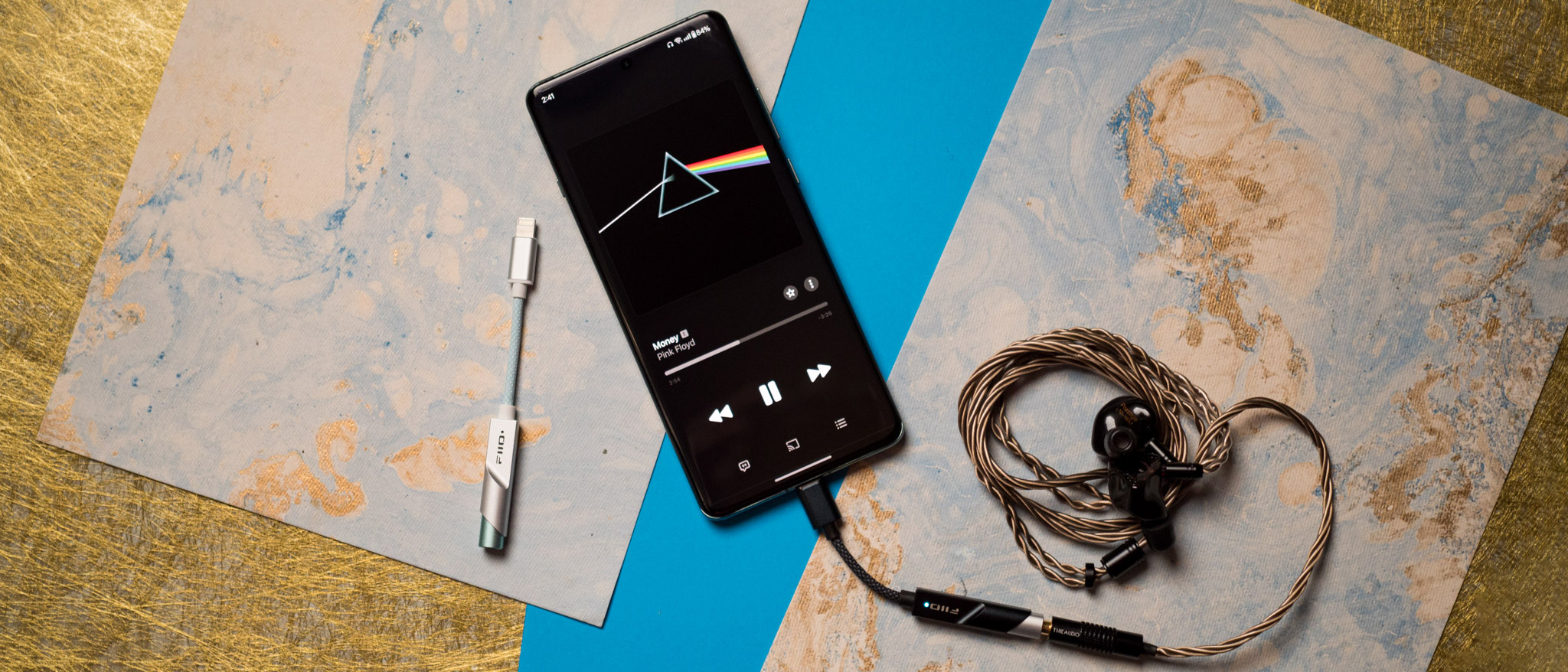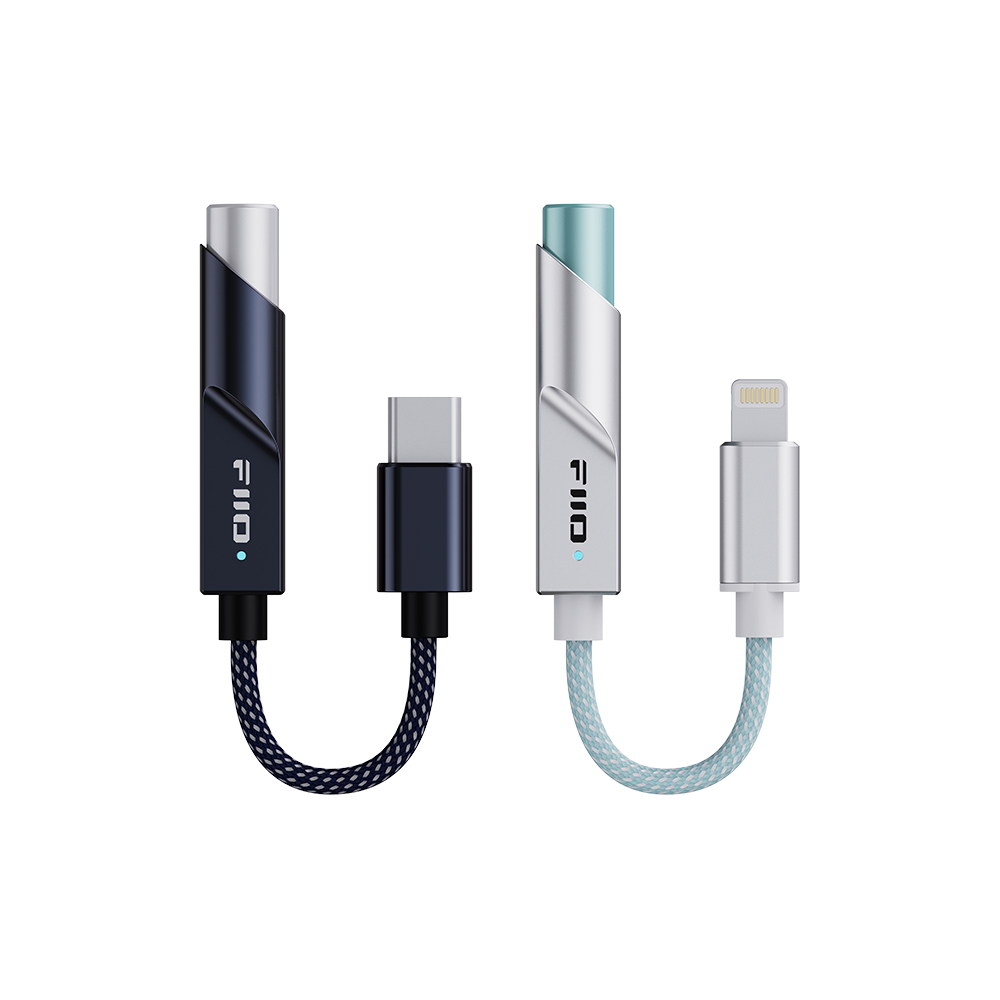Android Central Verdict
Fiio did it once again with the KA11. The entry-level USB DAC has a metal chassis and excellent build quality, and it delivers 245mW of power at 16Ω — more than anything else in this segment. You get a neutral sound that's great, the DAC drives demanding IEMs with ease, and the tiny size means you can take it anywhere. The best part? It costs just $29.
Pros
- +
Outstanding power
- +
Neutral sound signature
- +
One of the smallest USB dongles around
- +
Available with USB-C and Lightning connectors
- +
Sturdy build quality
- +
Unmatched value
Cons
- -
Cable isn't detachable
Why you can trust Android Central
I've always maintained that Fiio is at its best when making budget DACs, and its latest product is one of its best yet. The KA11 is a USB-C (or Lightning) to 3.5mm dongle that contains a decent-quality DAC, but what makes it stand out is the power — it is able to deliver 245mW at 16Ω, and that's several magnitudes higher than what you get with most dongle DACs. To put that into context, the Fiio KA3 that I used last year went up to 120mW at 16Ω.

Then there's the cost: the KA11 is available for just $29, or a third of the price of the KA3. At that price, there just isn't another DAC that gives you anywhere as much power as the KA11.
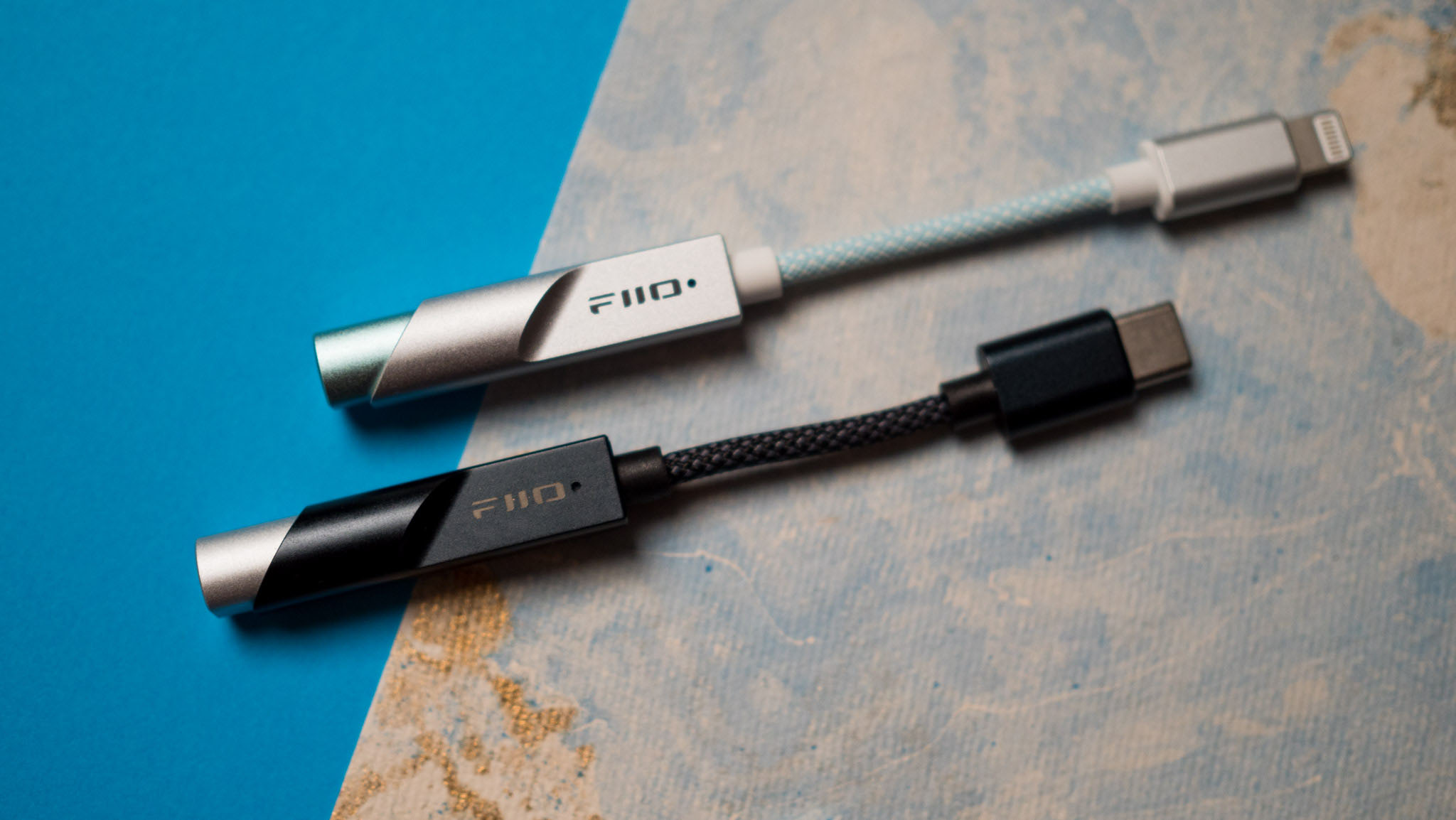
The KA11 is available in two color variants — black and silver — and I think the silver version looks great. You get the ability to choose between a standard USB-C connector, or go the Lightning route if you have an older iPhone. I used the USB-C variant with the iPhone 15 Pro Max, and it worked without any issues.
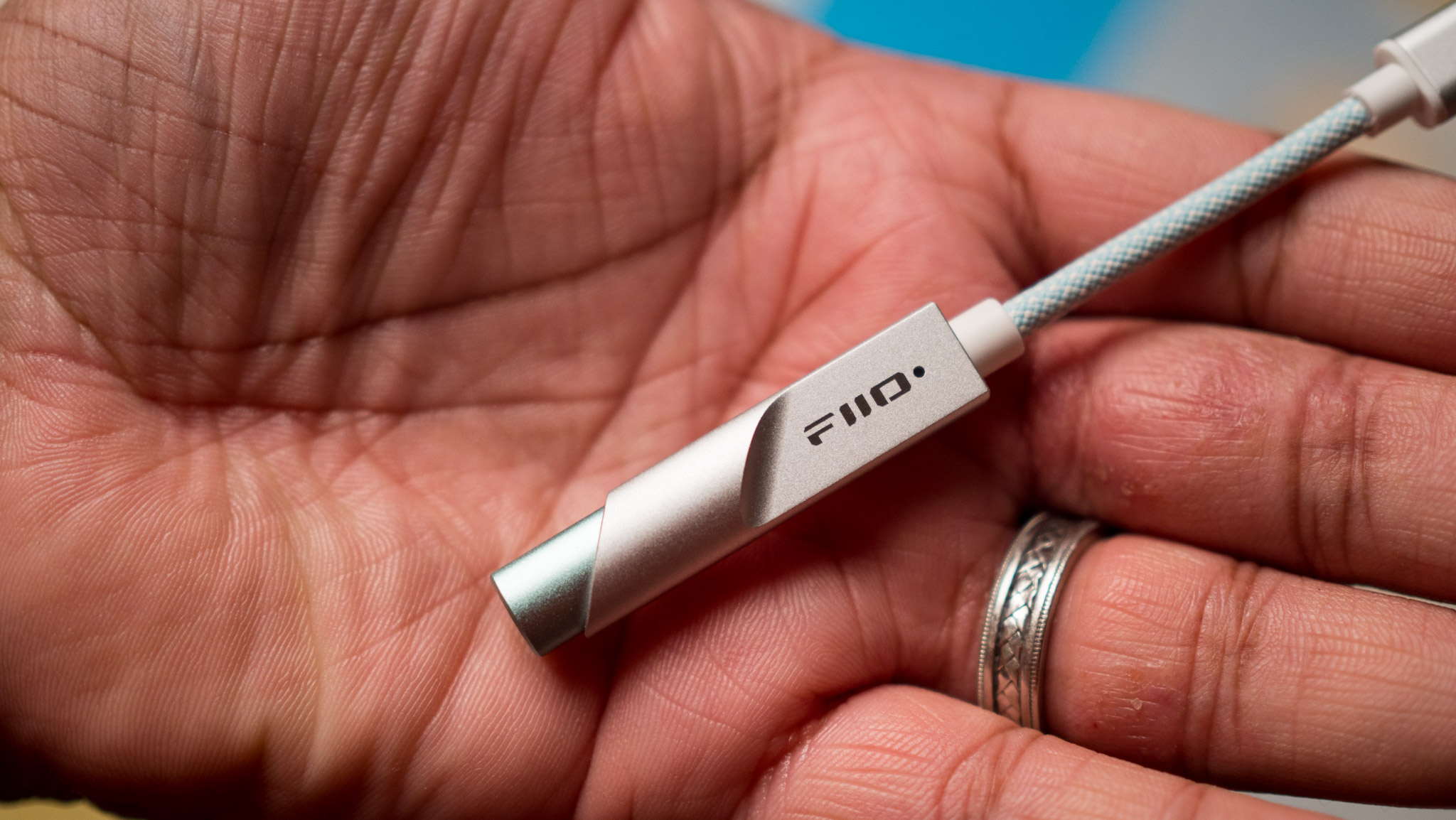
What stands out with the KA11 is the sheer size; this is one of the smallest USB dongles I used, and at just 8.5g, it is the lightest. This thing is designed for portability, and you can just take it anywhere and not worry about damaging it. The build quality is fantastic for a budget DAC, and it has an aluminum-magnesium alloy chassis that is designed to withstand a lot of wear and tear.

Similar to other models in the portable KA series, the KA11 is branded under the Jade Audio label; this is Fiio's sub-brand that is catered to a younger audience, and its products are usually aimed at the budget segment. That said, there's no Jade Audio branding on the product itself — you just get the Fiio label at the front, and that's about it. I actually like the clean design, and the two-tone finish with contrasting colors gives the DAC a bit of playfulness that looks great.
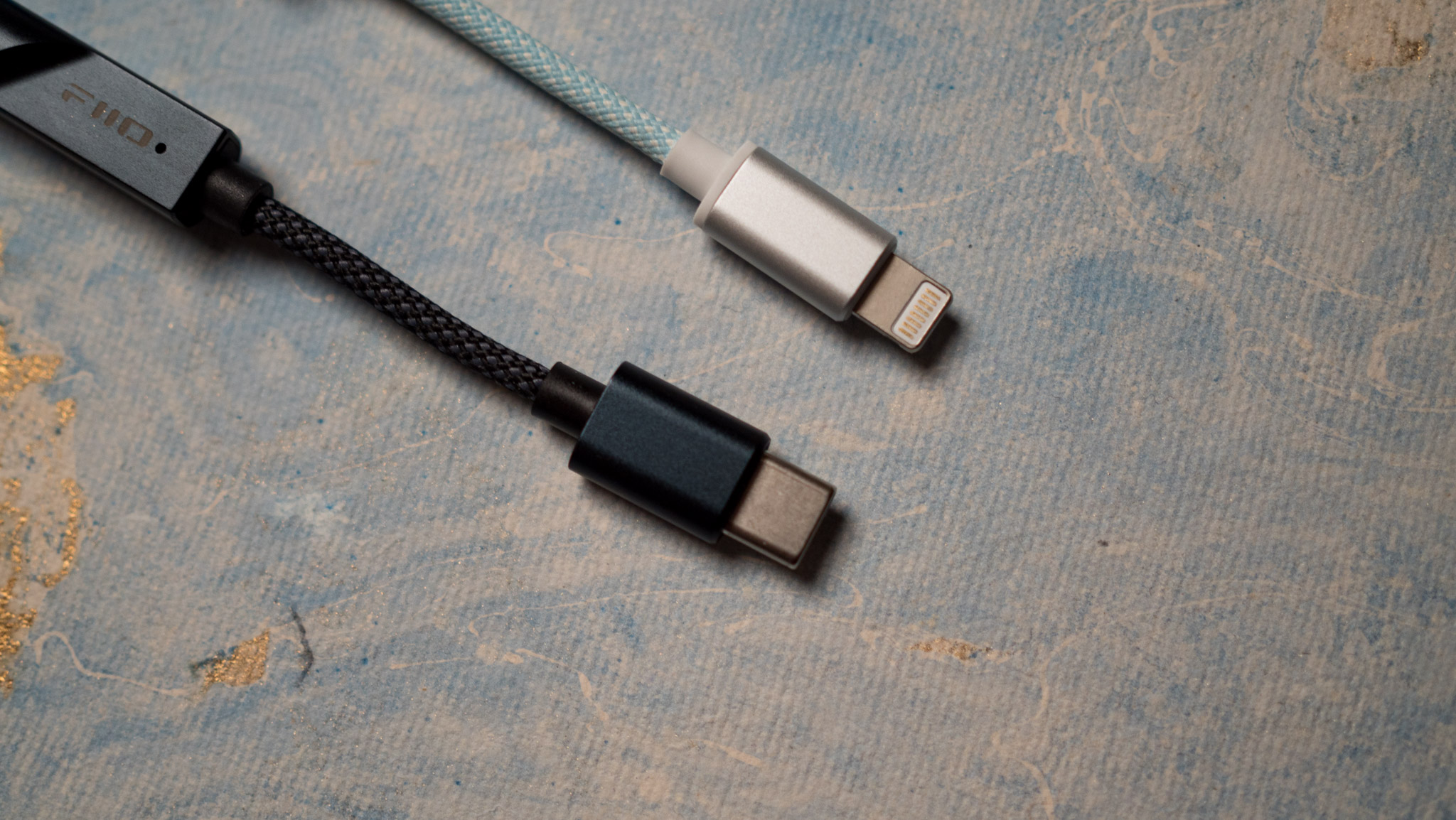
The cable connecting the USB port to the DAC is made out of a high-purity oxygen-free palladium-plated copper wire, and it is sheathed in a silicone braid, giving it added durability. I would have liked a detachable cable, but honestly, it isn't a big issue — the DAC itself is so small that it doesn't affect usability. There's a tiny LED light on the DAC that gives you a visual indicator of the sampling rate.
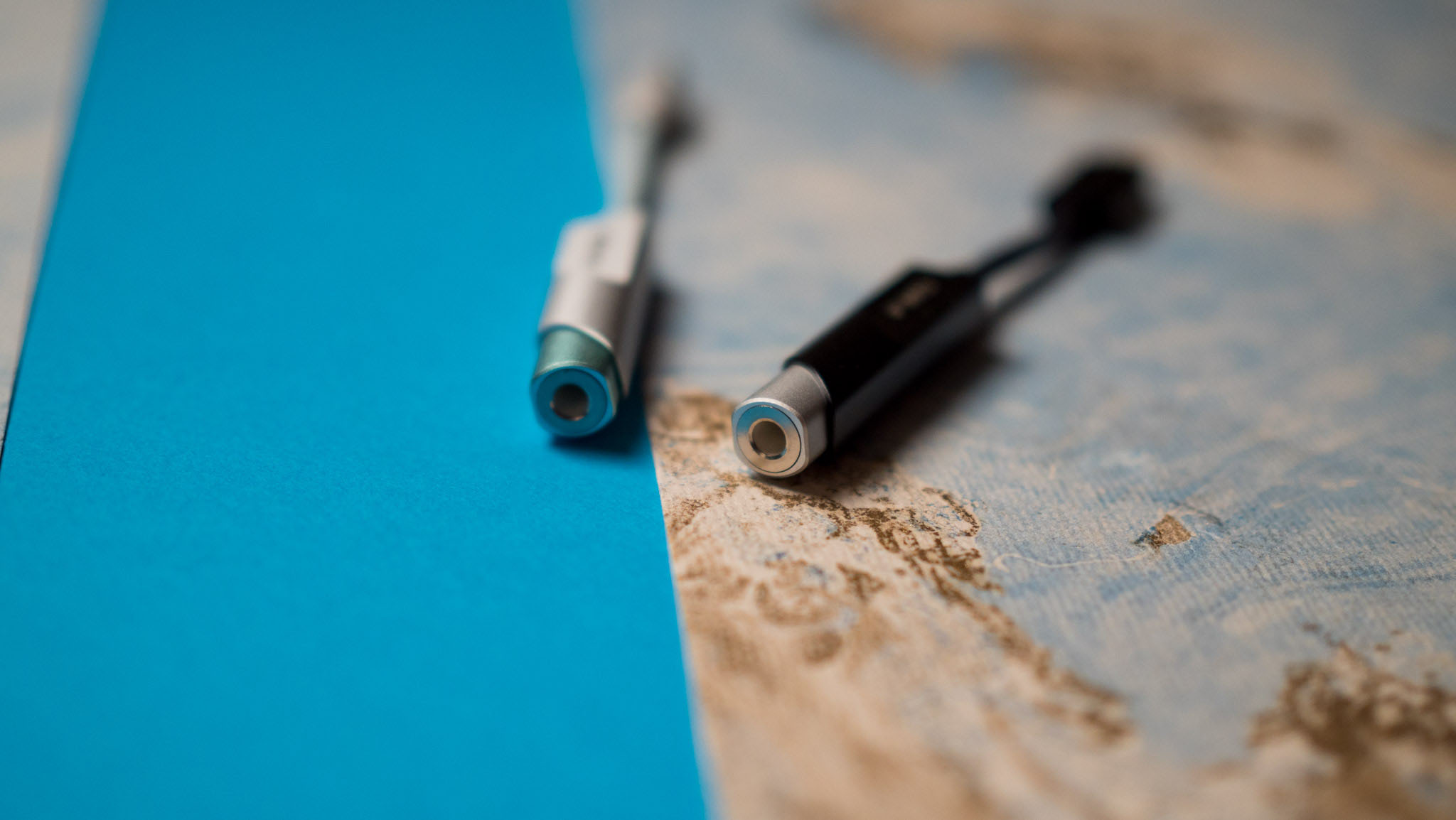
Coming to the audio side of things, the KA11 has a single-ended 3.5mm port, and it can deliver up to 245mW of power per channel at 16Ω, and 200mW at 32Ω. It uses a Cirrus Logic CS43131 DAC chip along with an SG-Micro SGM8262 amp and Savitech SA9312L USB controller, and the USB-C version works seamlessly with Windows and macOS machines in addition to Android and the latest iPhones.
Get the latest news from Android Central, your trusted companion in the world of Android
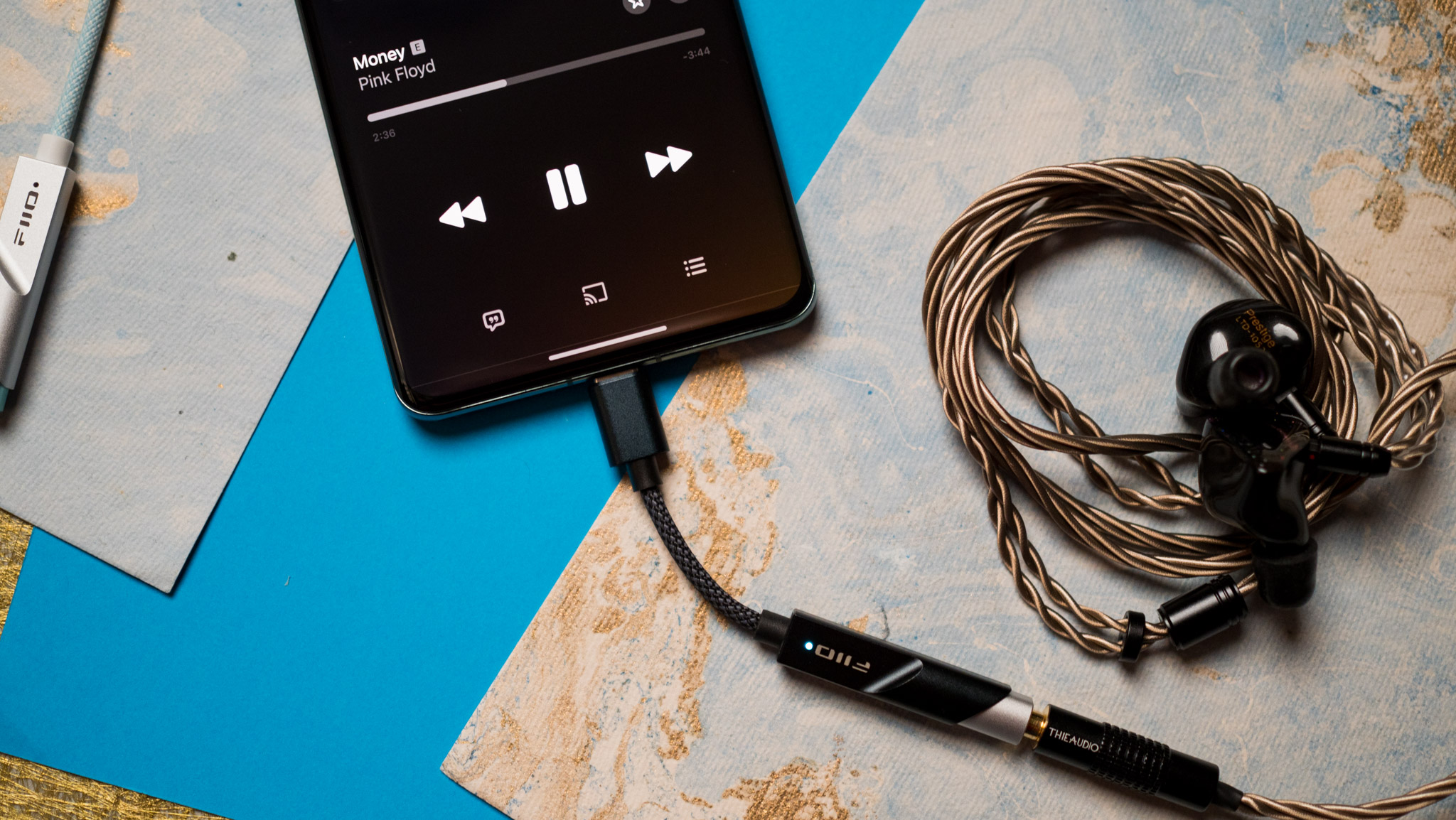
As for audio decoding, the KA11 goes up to 384kHz/32-bit over PCM, and there's DSD256 as well. Basically, you're getting all the ingredients of a portable DAC, but in a significantly smaller chassis. The power on offer means you can use the KA11 to drive just about any IEM, and I paired it with a few products I'm testing at the moment — Thieaudio Prestige LTD, Sennheiser IE200, and Fiio JH5 — and it was faultless. I also used it with some of my favorite IEMs, including the brilliant Fiio FX15 and Letshuoer Cadenza 12, and it held up incredibly well.
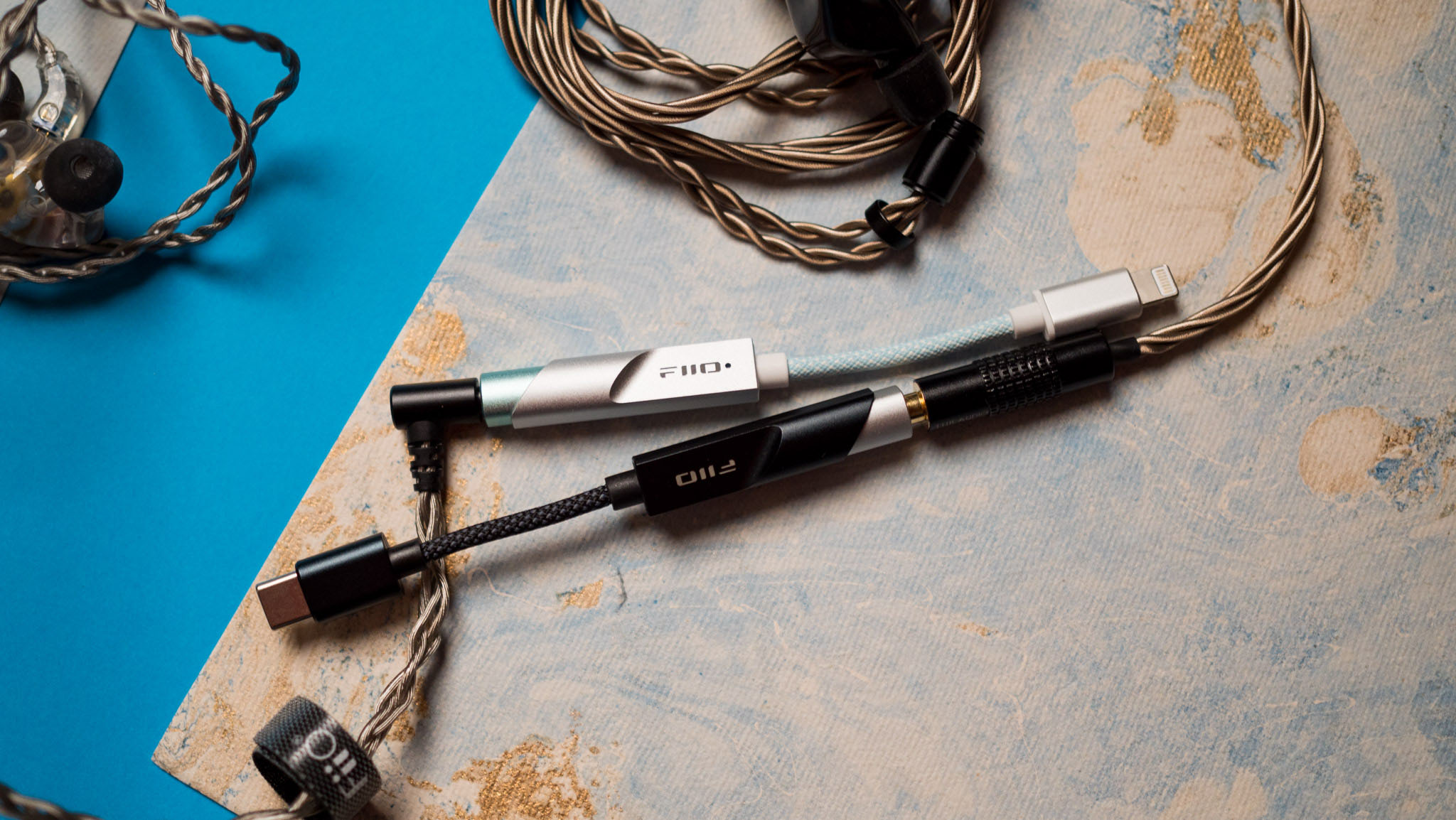
Outside of a few planar headsets that need a lot of power, you can use the KA11 to drive just about anything, and it does a stellar job in this regard. The low noise floor means there's no hiss even when using sensitive IEMs, and the DAC has Fiio's usual sound characteristics; it combines a neutral sound with a bit of warmth, offering a good low-end with a lot of dynamism, clear mids, and airy highs that have a lot of character.

The $79 JH5 is a great pairing with the DAC, and you can get the IEMs and KA11 for just $100, making it a fantastic value. Fiio has rolled out a lot of products in recent months, and they've all been great. But as I said at the start, the brand is best-known for its budget DACs, and the KA11 is easily one of the best budget USB DACs around. The fact that it costs just $29 makes it a no-brainer — there isn't anything in the budget category that comes close.

Harish Jonnalagadda is Android Central's Senior Editor overseeing mobile coverage. In his current role, he leads the site's coverage of Chinese phone brands, networking products, and AV gear. He has been testing phones for over a decade, and has extensive experience in mobile hardware and the global semiconductor industry. Contact him on Twitter at @chunkynerd.
